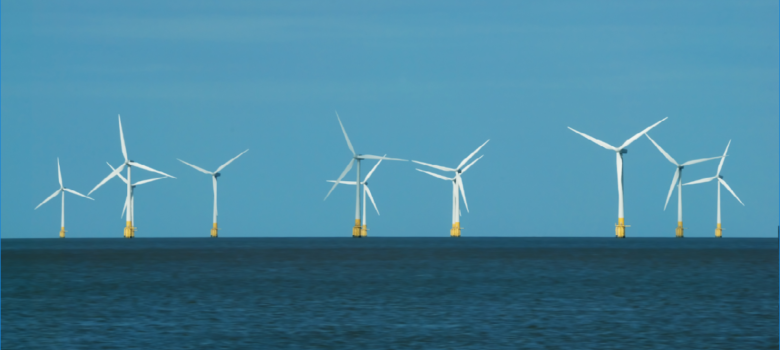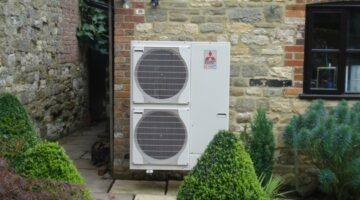
Yesterday, the government released their long-awaited plans for moving to a cleaner energy system, and improving domestic energy efficiency to cut emissions. What is included, and do the proposals go far enough? We read the report so you don’t have to!
Progress
The government is keen to list the progress already made in moving to a ‘Greener Britain’ over the last few years. The document starts with some promising key figures:
- In 2016, 47% of UK electricity from low carbon sources. It’s worth saying at this point though that this isn’t just renewables – ‘low-carbon’ includes nuclear here, which some would argue is not entirely green…
- We have the largest offshore wind capacity in the world.
- The energy efficiency of our houses has improved (average household energy consumption has fallen by 17% since 1990).
- Thanks to advances in technology, solar and wind, car EV batteries and LED bulbs are cheaper than ever.
Future
Throughout the document, the emphasis is placed firmly on cutting emissions ‘while ensuring our economy remains competitive’. This is always going to be key for a Conservative government, exemplified in the fact that they recently merged the Department for Energy and Climate Change with the Department for Business. These are two things that arguably don’t obviously go together!
So, how will the government go about creating a greener UK?
- Offshore windfarm developers will be granted subsidies. This injection of funding is expected to be enough to double the UK’s capacity.
- In keeping with the focus set out in their manifesto, the government show the most confidence in backing nuclear, and very little in solar – this is despite a record summer for solar electricity generation.
- On the domestic side, details are a bit thin on the ground! There’s some general stuff about wanting to make houses more energy efficient, but very little about how this will be achieved. The plans announce an aim for all houses to fit in an EPC band of C and above by 2035. Aside from this being pretty far in the future, it’s unclear how the government will incentivise house owners to install potentially expensive energy saving measures. New MEES regulations ban private landlords from renting properties without a minimum ‘E’ rating, but it’s hard to see how owner-occupiers will be convinced of the benefits – and many won’t have the means to make the required changes.
Our thoughts
These plans give frustratingly little detail about how exactly ideas will be implemented, and targets could definitely be more ambitious. This being said though, the government has shown a change of heart in its willingness to fund renewables and green technology, following years of slashing subsidies. Interestingly, there is no mention of fracking either – bearing in mind how central this was in the Conservative manifesto released just four months ago. Maybe the government hasn’t given up on meeting our climate change targets just yet.
Think we missed something? Do you have a different opinion?
Comment below to get your voice heard…












Thanks for the update. Keep the pressure on all parties to deliver renewable energy rather than just talk about it.